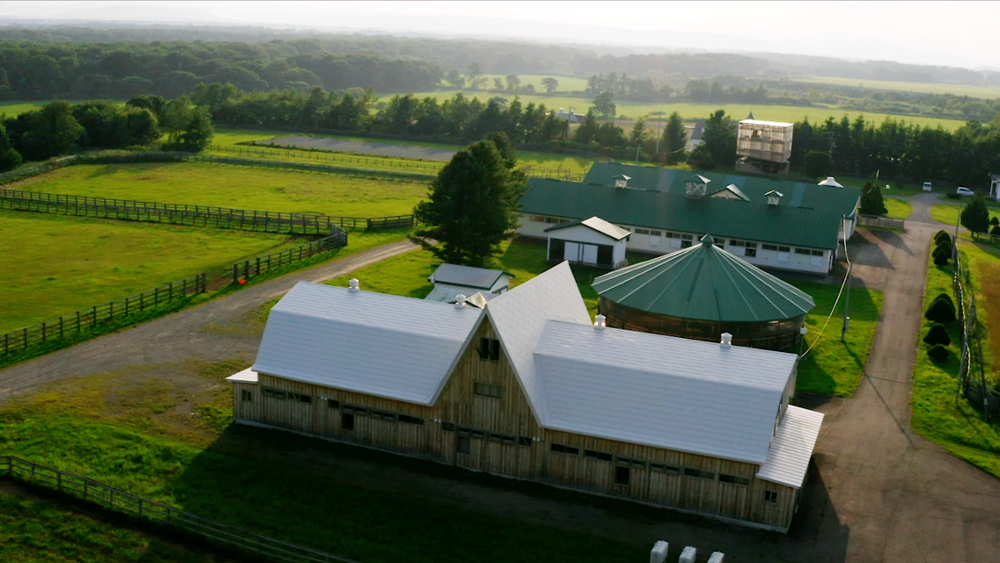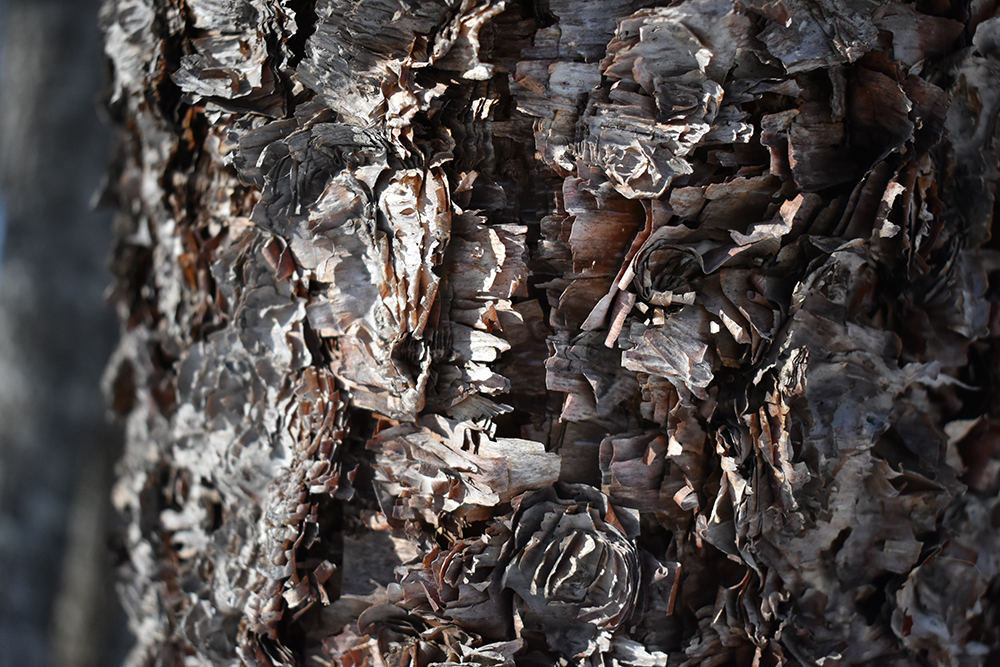
Call for participation in a << Collaborative Research + Design + Build Program>>
Theme of the Program
Development of architectural interventions: towards building people-forest relationships for the next generation
Project Name
Traveling Forest / a movable pavilion
Project Location
Memu, Town of Taiki (and its neighboring area), Hokkaido
– – – – – – – – – –
– – – – – – – – – –
Brief of the Program
The total area of forest land in Japan accounts for 67% of the national land. However, despite this wealth and hundreds of years of silviculture history, Japanese forestry faces socio-economic stagnation today. While the growing gap in the people-forest relationship causes the depopulation and economic recession of forest communities, our program aims to reduce this gap by working toward building people-forest relationships for the next generation.
The [Collaborative Research + Design + Build Program] is established and hosted by UTokyo Ushioda Memu Earth Lab (shortly, memu earth lab). The program will reread the relationship between people and forests through the development of architectural interventions. As a result of the architectural interventions, we expect that the locals will be able to enjoy a number of different opportunities, fostering a productive interface with the forests and forming new connections within their communities.
Adaptability to different forest environments and environmental conditions is one of the key elements of this intervention so that it can reach more local communities across a broader geographical area. To meet this functional requirement, our program calls for a [Design Team] to develop ideas for a mobile pavilion as we call a “Traveling Forest”.
– – – – – – – – – –
The Role of the [Design Team]
To gain a deeper perspective of the people-forest relationship in the Tokachi region, our primary focus is to work with local communities in the town of Taiki and its neighboring area. Therefore, our program offers participants to develop their ideas for “Travelling Forest” as a team by making multiple fieldwork in the region. The fieldwork will be conducted during the six months period of [Research & Design Development] (see the Key Dates). The developed idea is going to be shaped and will actually be built through collaborative work with the Project Team members (see Fig. 1) as explained below.
Collaboration with the memu earth lab’s team
The organizational structure of the program in Fig.1, illustrates that the selected [Design Team] will perform the program’s “Research + Design + Build” activities in collaboration with [memu earth lab Team]. During the entire program time, proposals will be given shape by the [Design Team] together with [memu earth lab Team], holding regular meetings for technical discussions and progress updates.
Collaboration within the Project Team
To gain insight and knowledge about local issues, the Design Team will establish communication and exchange opinions with local partners during the fieldwork in the region. In parallel, the team is also expected to receive academic advice from the University of Tokyo advisors about research and design-related subjects from academic and technical perspectives. The general communication between the Design Team, local partners, and the University of Tokyo academic advisors will be facilitated and coordinated by [memu earth lab Team]
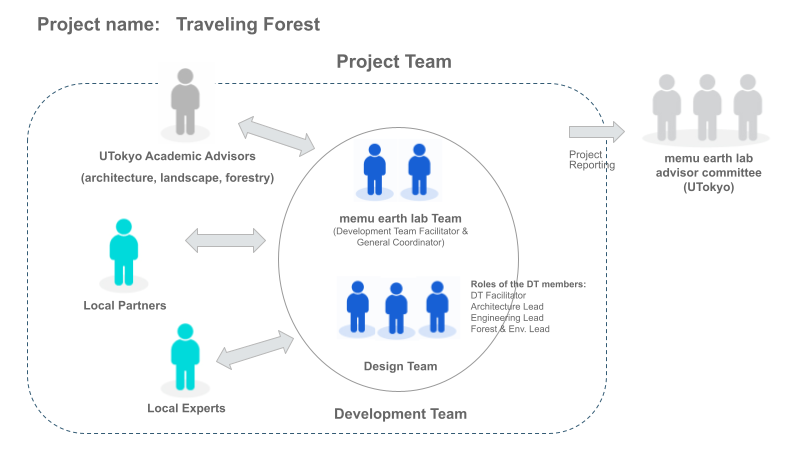
Fig. 1 The program’s organizational structure
Collaboration through Interactive Research
As introduced in Fig. 2. the research on the people-forest relationship is formed upon a three-layered process: “Layer 1: Rereading”, “Layer 2: Interactive Research”, and “Layer 3: Architectural Interventions”.
The Rereading Report, a summary of work conducted at “Layer 1”, discusses critical aspects surrounding the relationship between people and forests and must be read by applicants to be familiar with local facts (found under provided resources).
At “Layer 2: Interactive Research” research activities are planned by memu earth lab to be performed in collaboration with experts and local partners. The Design Team is required to participate in these activities during the fieldwork as part of their design development process. During these events, the Design Team will have a chance to interact with local peoplethat provides social feedback to the team to advance their proposal of the architectural intervention.
As illustrated in Fig. 2, the feedback generated through the activities as part of “Layer 2: Interactive Research”, is going to support the design work at this [Collaborative Research + Design + Build Program] which forms the “Layer 3: Architectural Interventions”.
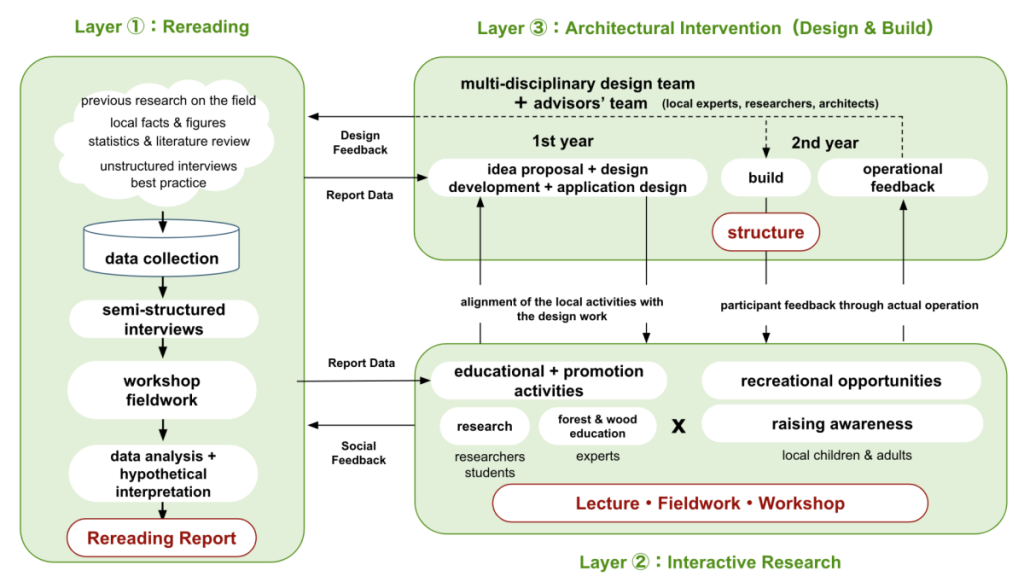
Fig. 2 The three-layered roadmap of people-forest relationship research by memu earth lab
Example of Interactive Research Program held on February 2022 on splitting the wood.
https://vimeo.com/719330730
Collaborations toward and during the Commissioning
By the end of the Research & Design Development period, the proposal is going to be exhibited to the public in Taiki and its neighboring forest communities (see the Key Dates). During the exhibition period, the public’s opinion and feedback will be collected, and the [Design Team] will respond with adjustments to the proposal.
After the proposal of the architectural intervention is complete the application design will be evaluated by the University of Tokyo academic advisors before its built.
It will be the [Design Team] that oversees the commissioning period, and it will also be responsible for responding to questions about the design details from the contractor and suppliers. During the commissioning period, the team is also expected to supervise the building site and/or the manufacturing facility, etc. in the Tokachi region.
– – – – – – – – – –
Design Parameters x Use Scenarios
Below is a brief explanation of the basic intended use of the “Traveling Forest” in the future. Participants shall propose their idea with a user scenario explaining how it can serve and contribute to the below explained purpose of the pavilion. The ideas shouldn’t be limited to the given essentials but express free creativity at the same time. The proposal could be in rough shape rather than a fully developed idea. Development of the selected idea will be performed collaboratively with the Project Team (see Fig.1) during the Research & Design Development phase of the program.
Purpose of Use
- “Travelling Forest” is a concept of a moving pavilion that has aim to house educational events and recreational opportunities at different locations in nature. We expect the pavilion to offer an effective interface that may allow people to interact with the forest in safe and joyful ways.
- Prospective visitors of aimed events will be mostly local people of all ages. They are going to have basic needs which require an infrastructure that can adapt to changing environmental conditions or tough terrain. In addition, any infrastructure that forms part of the “Travelling Forest” must be sensitive to the level of manmade intervention between humans and nature (see Provided Resources: the Rereading report, Chapter 3).
- Mobility is one of the most important design parameters that will provide the pavilion to be transported, assembled, and operated in different natural landscapes. Therefore, other parameters that allow such mobility from structural, mechanical, and economical perspectives, are essential to be considered while proposing your ideas.
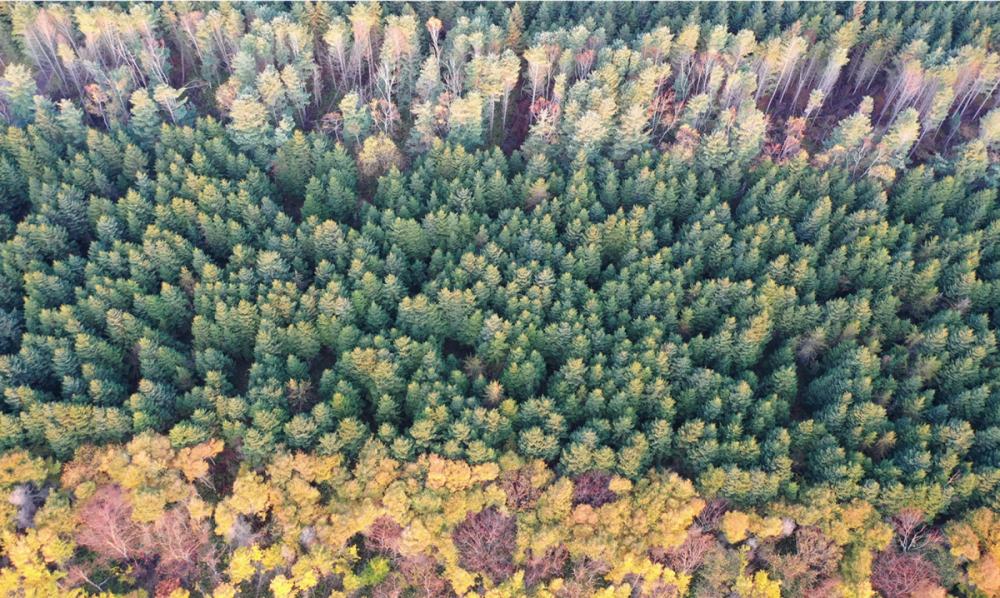
– – – – – – – – – –
Key Dates
Below are the key dates of the program. The design team members are expected to be enrolled in the program between Oct. 2022 – Oct. 2023. During the [Research and Development of the proposal] the team is expected to perform fieldwork at Memu. The fieldwork dates will be decided together with the team and the memu earth lab members and adjusted to the majority’s convenience.
During the enrollment in the program, the selected [Design Team] will be free to perform their other responsibilities (academic work, office work, etc.).
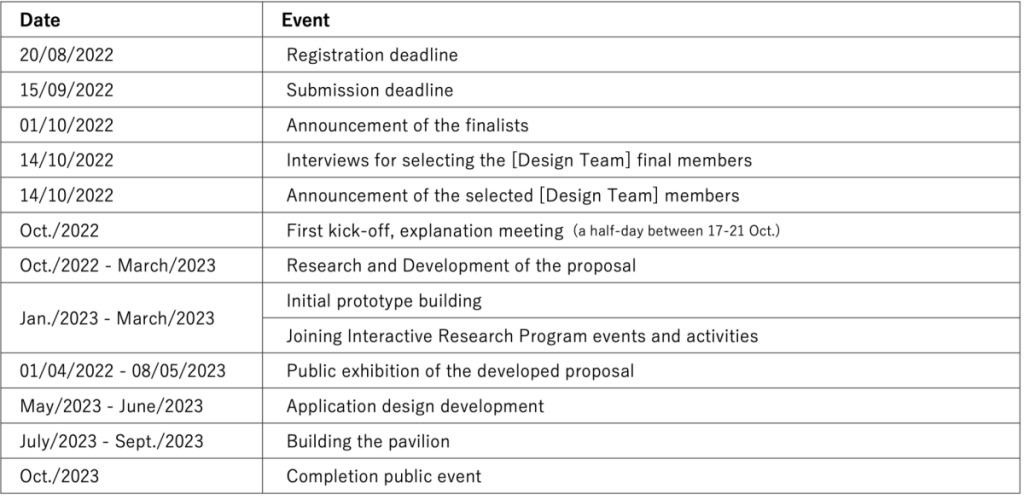
*The dates of the program are subject to changes depending on the amount of submissions and in case of unavoidable events caused on the accounted and/or responsible project team members.
*Registration deadline has been extended till the Submission deadline date, September 15th.
– – – – – – – – – –
The Program Language
Japanese and English
- Applicants can submit their proposals in either one of the languages. The program will be conducted bilingual and it welcomes both Japanese and English speakers.
- However, the team must have at least one native or sufficient level Japanese speaker to assure smooth communication with local partners, advisors, and presentations to the public in Japanese throughout the project.
– – – – – – – – – –
Who Can Submit
- The call is open to the public, located in Japan. Students and professionals are both welcome to submit their ideas.
- Proposal submission as a team with multi-disciplinary members is encouraged.
- The submissions could be made as a team or as an individual (in case the applicant has no other member to submit with).
Submitting as a team:
- The number of members in a team is limited to 6 people.
- Please fill and submit the “Design Team Roles” sheet, which states the role and responsibility distribution within your team.
- In case of missing skills or knowledge in your team, please sign the Consensus sheet for future skill assurance. The skill assurance item states that your team agrees to provide the required skill or knowledge by outsourcing it (ex: hiring a consultant, consulting with an academic adviser, etc.) at an appropriate time that will not cause a delay in the program schedule.
Submitting as an individual:
- The applicant can submit the proposal as an individual if there is no other member to apply with.
- Please fill and submit the “Design Team Roles” sheet, which shows the role and responsibility you can fulfill as an individual applicant.
- Please sign the Consensus sheet for accepting to join a team that will be suggested at the end of the selection process by the host.
– – – – – – – – – –
Team Selection Process
- After the submission of the ideas, the evaluators will make a pre-selection of candidates to be interviewed. The pre-selected finalists will be contacted by email and informed about the interview details by the hosts.
- Interviews by the evaluators will take place on the 14th of October, 2022 afternoon at the University of Tokyo, Institute of Industrial Science campus (or online, depending on the majority’s schedule). The hosts will bear commuting fees. After the interviews, the selected team will be announced on the program Homepage and contacted directly by the hosts via email.
– – – – – – – – – –
Research Budget
- A research budget of 3,000,000 JPY is secured for the team
- A separate construction fee for the next year will be provided by the hosting organization.
- Travel expenses within Japan to/from Memu, Hokkaido: limited to 50,000JPY/round trip are provided.
- Commuting at Memu: The program host will bear commuting expenses (rental car). It is recommended that at least one team member have a driver’s license for short-distance commuting in/around Memu.
- Accommodation: The program host will bear the expenses of staying at Memu.
- Food and other personal spending are borne by the participant.
– – – – – – – – – –
UTokyo Academic Advisors (Design Team Selection Evaluators and Advisory)
The evaluation board will include leading academics from the University of Tokyo.
Architecture: Prof. Kotaro Imai, Assoc. Prof. Motoki Yasuhara
Landscape Architecture: Prof. Makoto Yokohari
Forest Studies: Prof. Takeshi Tange, Lect. Haruo Saito
– – – – – – – – – –
Provided Resources
Applications are required to read the content of the provided sources to gain an understanding of the place and the parameters that help shape the proposals.
- the Rereading Report: is a summary of the memu earth lab’s ongoing previous research on forest-people relationships and various parameters that define the relationship in the area. Please download the English edition / Japanese edition
- Map of Taiki area and its neighboring forests: PDF
- Rereading Forest Winter
- Rereading Forest Spring(製作中)Movies from the area
– – – – – – – – – –
Registrations
Deadline: 20 August 2022 – The registration deadline has been extended till the submission deadline date, September 15th.
who must register: every applicant must fill an individual registration form from the provided link.
the registration link: the Registration Form
– – – – – – – – – –
Submissions
Submission Deadline: 15 September 2022
who must submit: Registered team members submit as a team. One team must make one submission from the provided link.
Required materials to be submitted:
1- Concept idea: The proposal shall present a concept that responds to the above-given design parameters. The idea shall include a user story explaining how the proposal would attract and be used by the communities.
Each team must submit one A4 outlining the proposed idea and up to two A4 with supporting sketches or images. It must be submitted as 1 pdf file. Please name your file as: Team name_Proposal.pdf ex: Xxxxx_Proposal.pdf
2- Design Team Roles sheet: Each team must submit one filled sheet. This sheet explains the role distribution in the team and obtained skills. Please download the sheet here.
3- Resume: Each team member must submit a resume. Please name each resume as: Your name_Resume.pdf ex: TarohSato_Resume.pdf
– – – – – – – – – –
The Program Host
memu earth lab
address: 158-1, Memu, Taiki town, Hokkaido, Japan, 089-2113
Contact
Please contact the program host at the below email for more information and inquiries.
handeu@iis.u-tokyo.ac.jp (memu earth lab)
